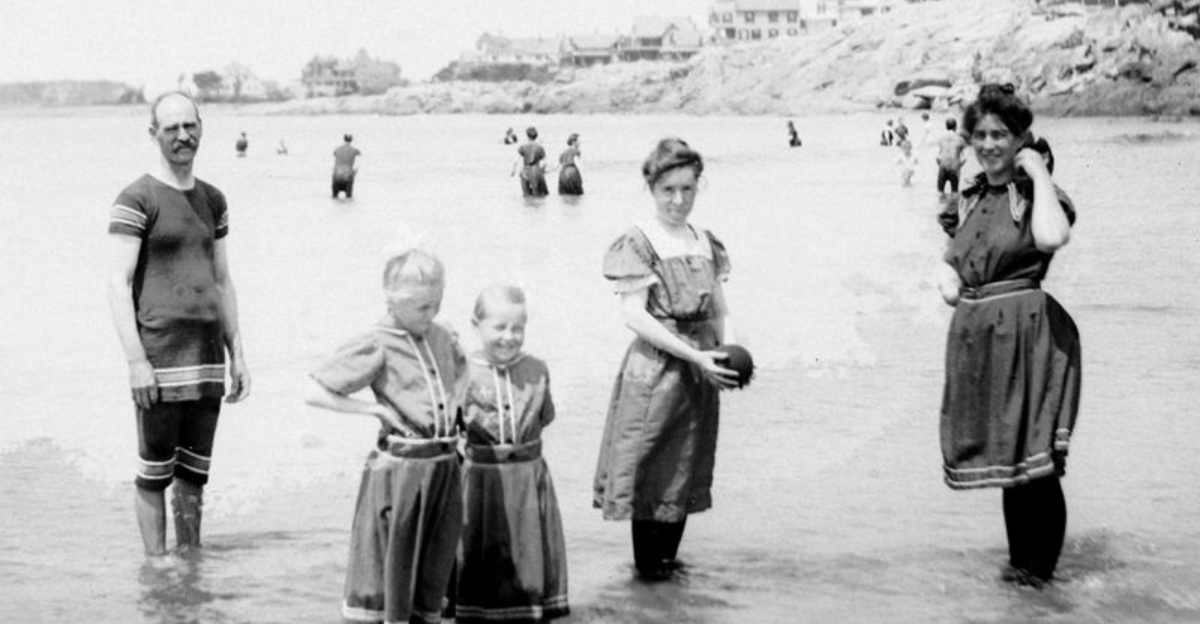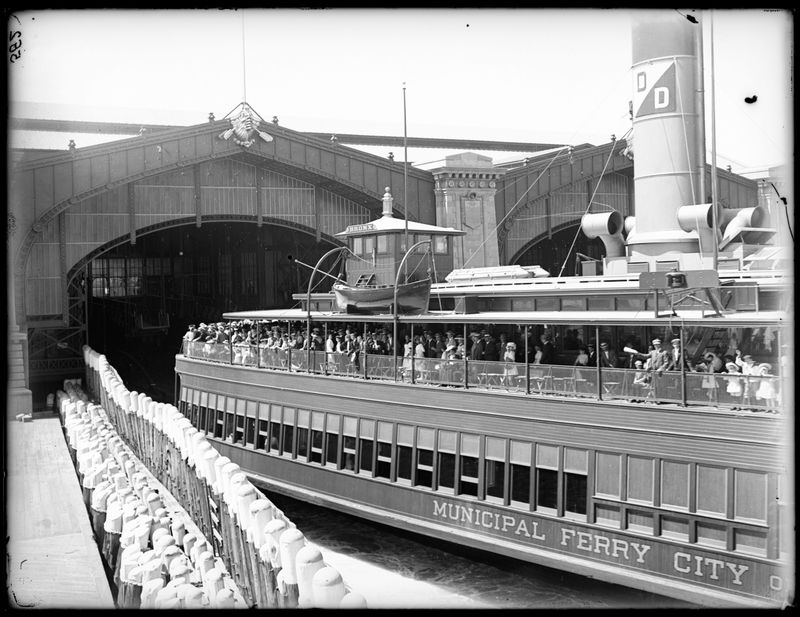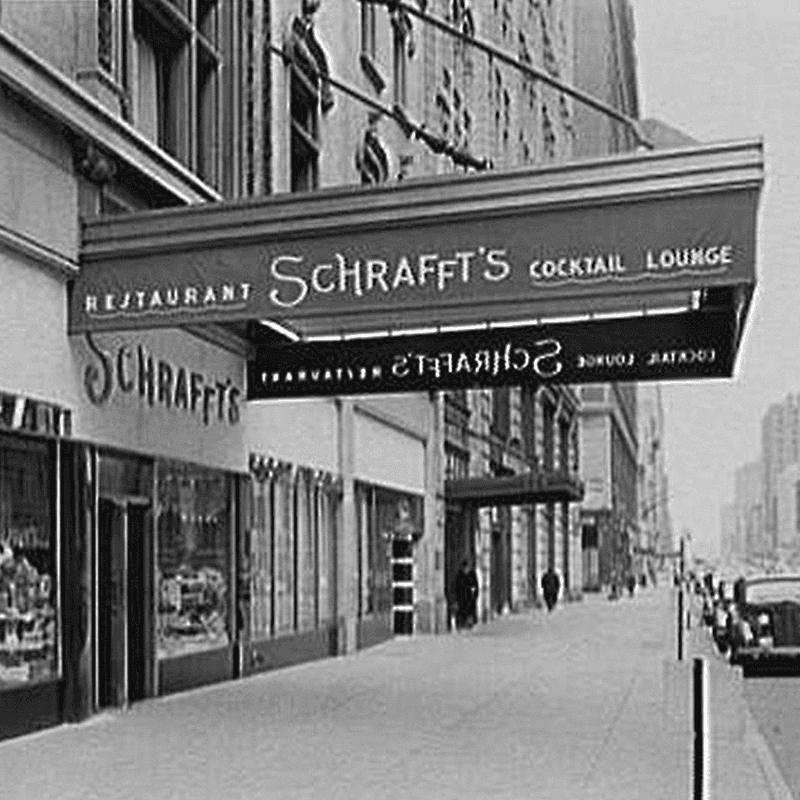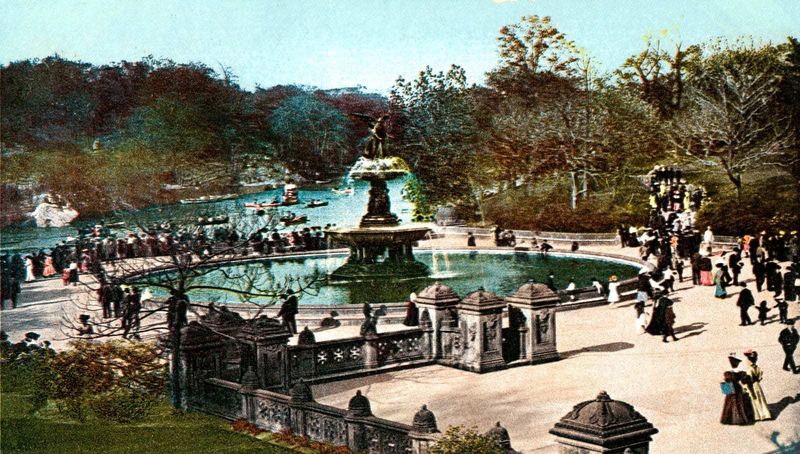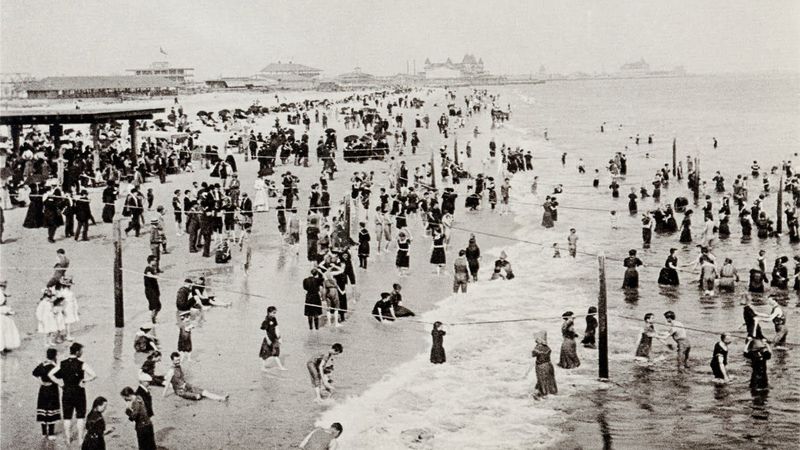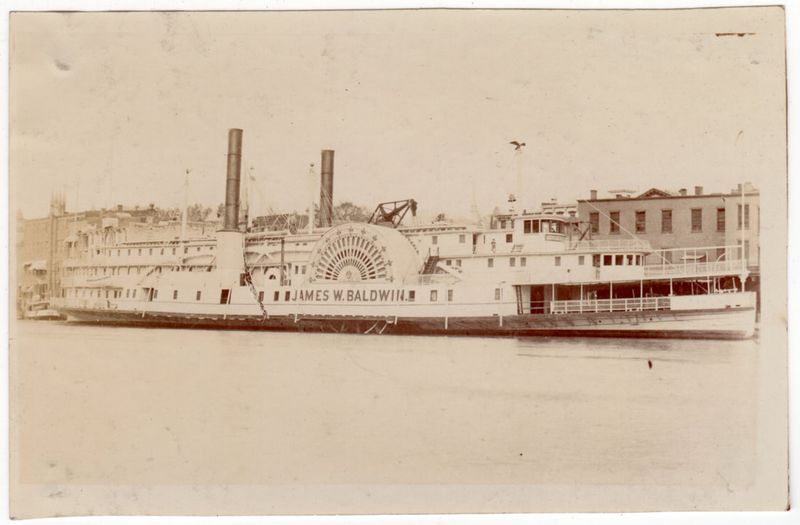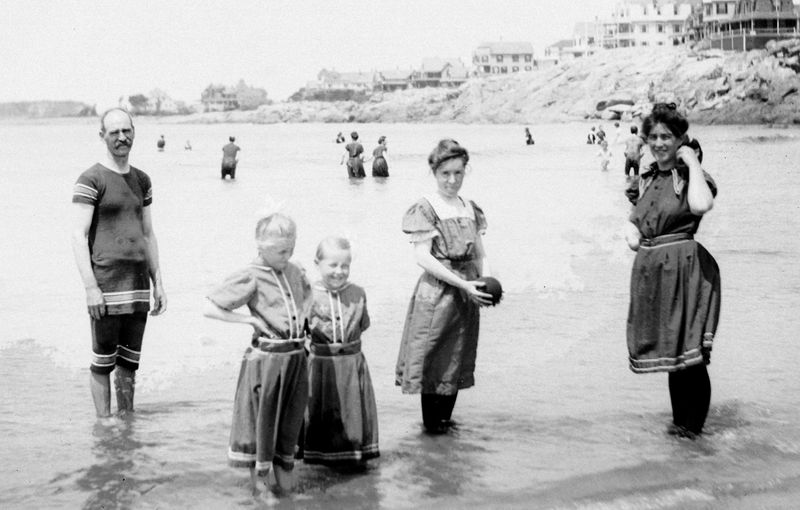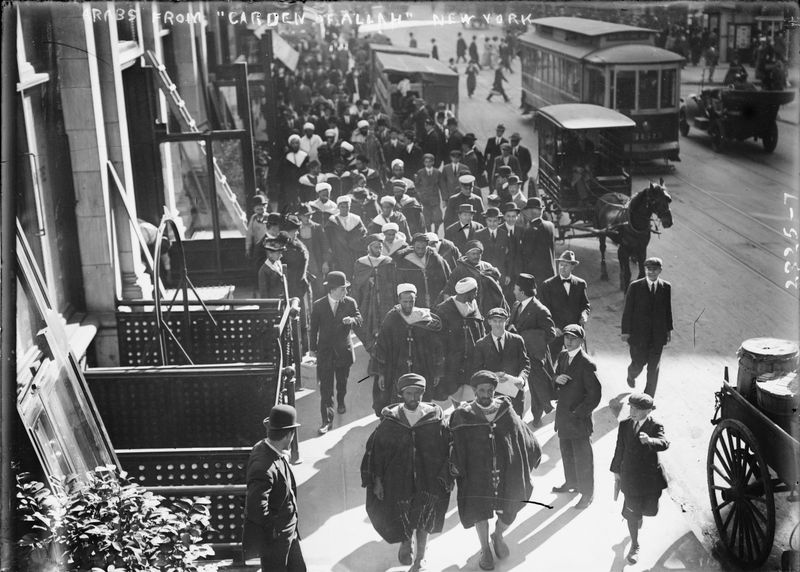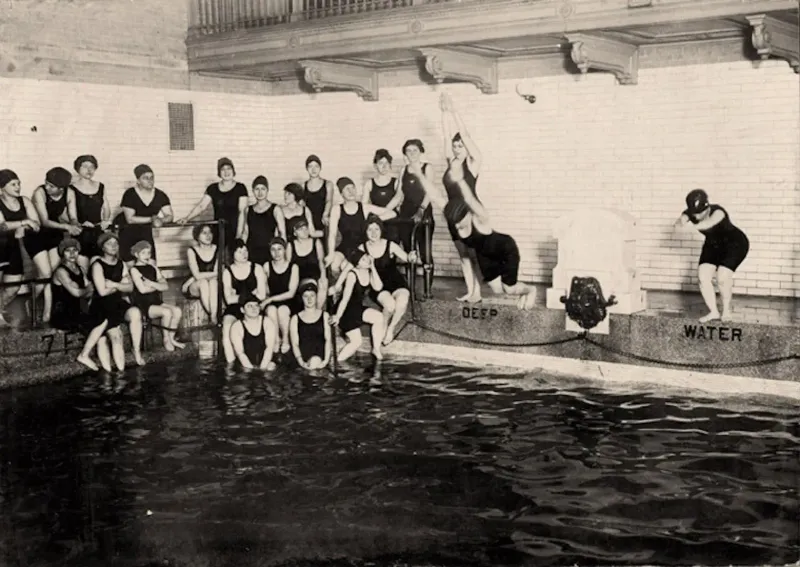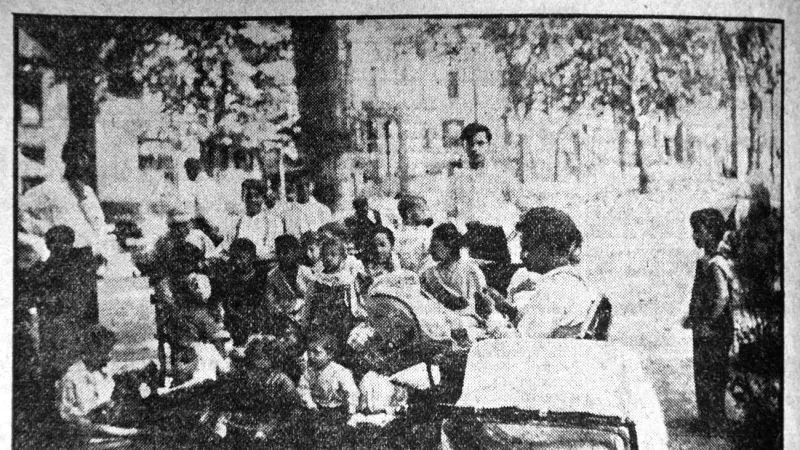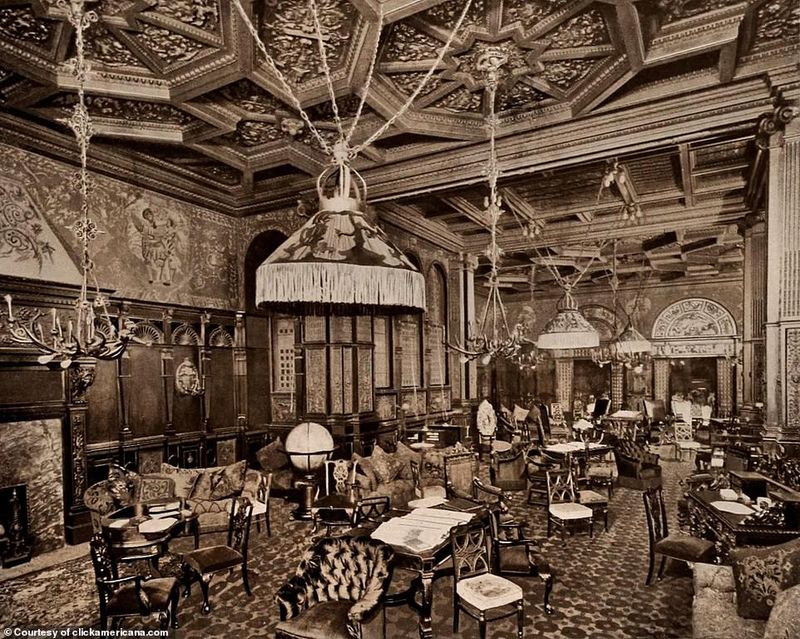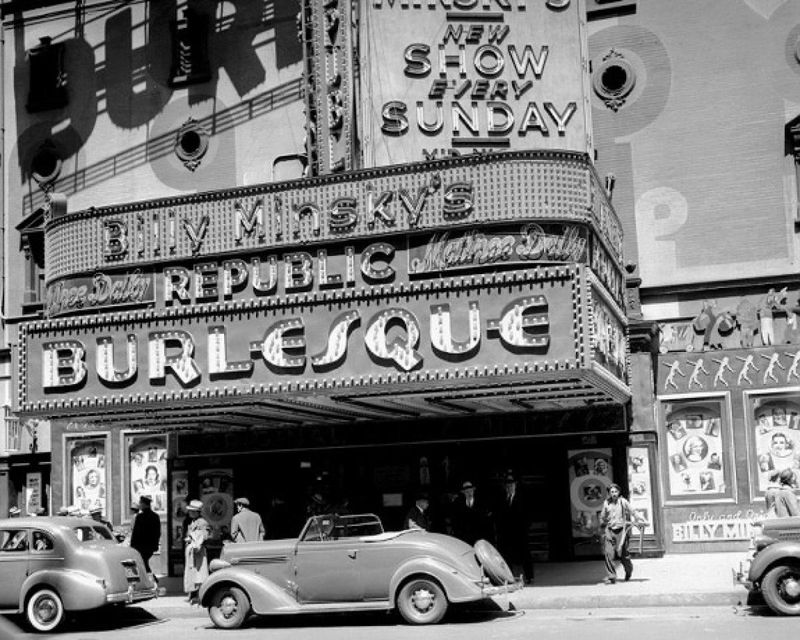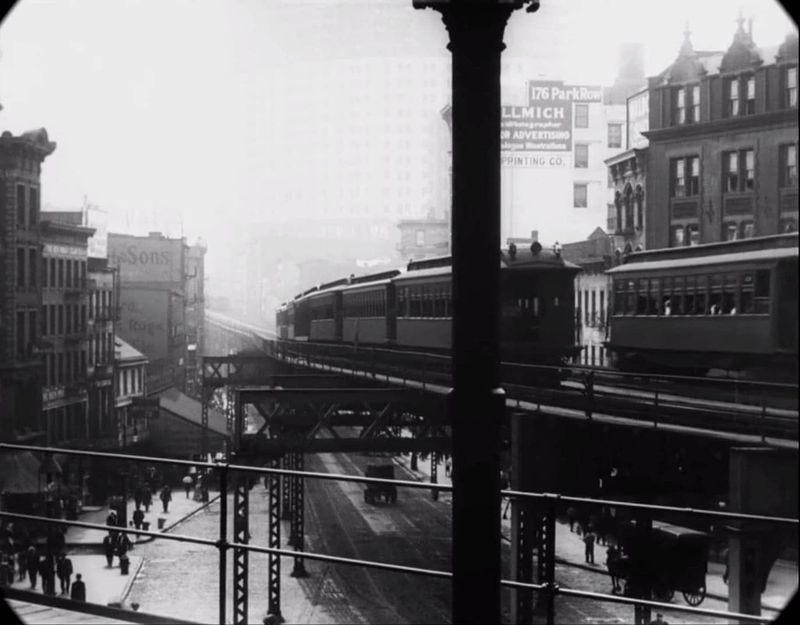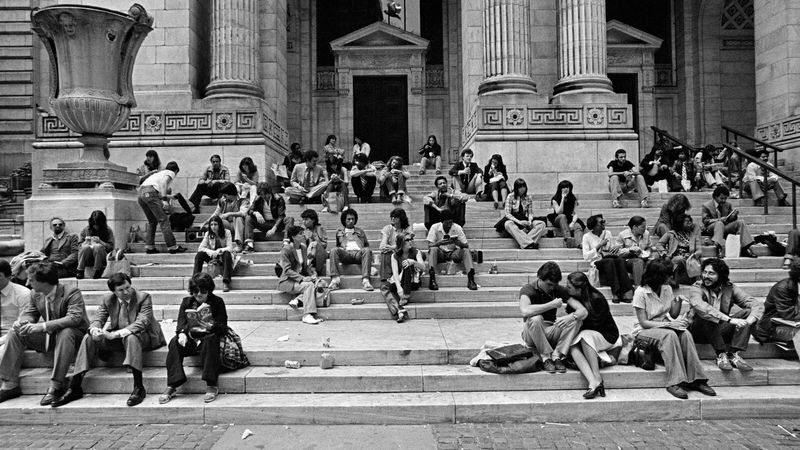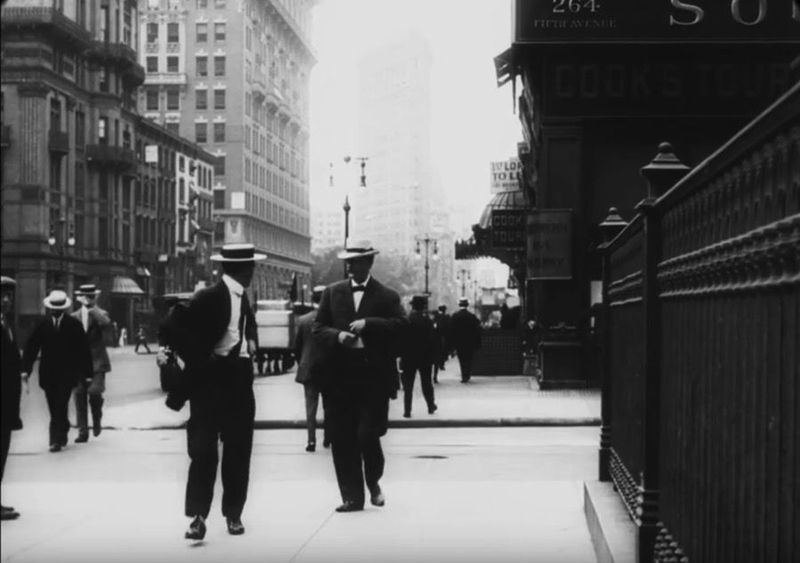Today, summer in New York City conjures up images of crowded sidewalks, heatwaves bouncing off concrete, and the mass exodus to the Hamptons. But more than a century ago, the city itself was the destination. In 1911, New York buzzed with breezy ferry rides, elegant rooftop dances, and stylish locals escaping the heat in surprising ways—all captured in hauntingly beautiful photographs that reveal a forgotten chapter of urban leisure. These rare glimpses into the past showcase how NYC once served as a true summer escape. From open-air entertainment to trolley rides to the shore, here are 15 snapshots—both literal and figurative—that bring to life a time when New York was a vacation dream.
1. Breezy Ferry Excursions to Coney Island and Beyond
Before cars dominated travel, ferries provided a refreshing escape from the city heat. Picture a sunlit deck filled with families and couples enjoying the gentle sway of water. For just a few cents, vacationers could reach popular destinations like Coney Island.
Staten Island and Rockaway Beach were also accessible, offering a break from the urban hustle. The cool, salty breeze provided a natural relief from the summer’s high temperatures. Ferries were not just transportation but a social gathering, where laughter and the anticipation of seaside fun filled the air.
The journey was as much a part of the holiday as the destination itself.
2. Ice Cream Parlors Were the Hottest Chill Spots
Ice cream in 1911 wasn’t merely a dessert; it was an event that drew crowds into parlors like Huyler’s and Schrafft’s. These venues, with their elegant marble floors and intricate decor, served as sanctuaries from the sweltering streets.
Families and friends gathered in these parlors for sundaes and sodas. The sweet, cold treat was a favored way to combat the oppressive heat.
Such parlors were the social hubs of the day, where people not only indulged their sweet tooth but also engaged in lively conversations, enjoying an escape from daily routines.
3. Central Park Was a Full-Blown Nature Retreat
Central Park offered New Yorkers a welcome retreat from the bustling city life. Shaded paths provided a cool refuge, where families strolled and children played. It wasn’t just the greenery that drew visitors, but the activities available.
Rowing boats on the lake was a popular pastime, offering tranquility amidst the vibrant city noise. Sheep grazed in the Sheep Meadow, adding a pastoral charm to the urban landscape.
The park was a symbol of countryside bliss, providing a serene escape in the heart of Manhattan, where nature and city life harmoniously coexisted.
4. Rooftop Gardens Were the Precursor to Nightclubs
In the evenings, New Yorkers flocked to rooftop gardens atop grand hotels like the Hotel Astor. These venues buzzed with life, offering music, dancing, and dining under the stars.
With the skyline as a backdrop, guests enjoyed the novelty of open-air entertainment—a precursor to today’s nightclub scene. The cool night air was a welcome respite from the daytime heat, making these gardens popular summer venues.
The combination of elegant surroundings and lively festivities made rooftop gardens a favored attraction for both locals and tourists alike during the warm months.
5. The Beach Was a Trolley Ride Away
Thanks to the expanding streetcar system, a trip to the beach was within easy reach for New Yorkers. Trolleys whisked passengers away to seaside spots like Brighton Beach and Manhattan Beach.
These sandy retreats provided a much-needed escape from city heat. For working-class families, it was an affordable luxury—a chance to enjoy ocean breezes and saltwater without leaving the city limits.
The accessibility of these beaches transformed them into bustling hubs of summer fun, drawing crowds eager to dip their toes in the Atlantic and bask in the sun.
6. The Hudson River Offered Cruise-Style Getaways
Steamships provided New Yorkers with an opportunity to enjoy scenic river cruises along the Hudson. These daily excursions offered more than just transportation; they were mini-getaways complete with music and refreshments.
Passengers could relax on deck, taking in the beautiful landscapes that bordered the river. The gentle breeze and rhythmic sound of the steamship added to the experience, creating a sense of adventure.
These cruises were a delightful way to escape the summer heat, offering a taste of luxury and leisure reminiscent of a modern mini-cruise vacation.
7. Summer Fashion Was All the Rage
Summer fashion in 1911 was defined by elegance and style. Linen suits, parasols, and lace-trimmed dresses turned everyday outings into garden party affairs.
Strolling down Fifth Avenue became a fashion parade, as both locals and tourists showcased their chic summer attire. The era’s fashion was not just about appearances but also functionality, helping people stay cool during sweltering days.
Each outfit, accessorized with hats and gloves, reflected the social status and taste of its wearer, making fashion an integral part of the city’s vibrant summer scene.
8. Street Performers Brought Summer Nights to Life
As the sun set on New York City, street performers began to animate the night. Buskers, brass bands, and vaudeville acts transformed city parks and corners into open-air theaters.
These performances, accessible to all, filled the air with music and laughter. The streets buzzed with energy as people gathered to enjoy live entertainment without the need for a ticket.
The diverse array of acts provided a cultural richness that was both spontaneous and captivating, turning ordinary city streets into vibrant stages of artistic expression.
9. Public Pools and Bathhouses Were a Lifesaver
Public bathhouses in 1911 were essential for many New Yorkers seeking relief from the summer heat. Though primitive by today’s standards, they provided a space for people to cool down and refresh.
These facilities were often crowded, bustling with families and individuals alike. Public pools, when available, offered a rare chance to swim in the city.
Bathhouses were more than just places for hygiene; they were social centers where community bonds were strengthened, proving invaluable for city dwellers without access to private bathing facilities.
10. Electric Fans Were a Novelty—And a Draw
In 1911, electric fans were a novel attraction, drawing people into stores and cafes with the promise of mechanical breezes. Businesses leveraged this modern convenience to entice customers seeking relief from the oppressive heat.
Stores would prominently display these fans, offering a temporary reprieve to those who entered. The experience of cool, circulated air was a luxury that few could resist.
Electric fans not only cooled spaces but also symbolized innovation, becoming a key selling point for establishments looking to attract summer patrons.
11. Grand Hotels Offered Summer Specials
Luxury hotels like the Waldorf-Astoria became sought-after destinations during the summer, offering enticing promotions. These grand establishments provided guests with opulent surroundings and an escape from the everyday.
The ornate lobbies, cool and inviting, served as havens from the summer swelter. Terrace dining, with its elegant ambiance, allowed guests to savor meals al fresco, making every stay a memorable experience.
These hotels not only catered to tourists but also provided locals with a taste of extravagance, making them a cornerstone of New York’s summer allure.
12. Outdoor Cinema? Try Open-Air Vaudeville
Before the era of cinemas, open-air vaudeville shows captivated New Yorkers during summer evenings. These lively events, held on rooftops and outdoor stages, offered entertainment under the stars.
With affordable tickets, they attracted diverse audiences eager for laughter and spectacle. Performers brought humor, music, and drama to life, creating an engaging atmosphere.
Vaudeville’s dynamic performances offered a vibrant alternative to traditional theater, cementing its place as a beloved summer pastime that brought communities together in appreciation of artistic talent.
13. The Elevated Train Offered Scenic Summer Views
The elevated trains, or ‘Els,’ provided more than just transportation; they offered scenic journeys above the bustling streets. Riders could enjoy panoramic views of the city skyline, rivers, and piers.
The breeze through the open windows added an element of adventure to commutes. These elevated tracks offered perspectives of New York City that were both breathtaking and uniquely accessible.
Trains became more than a means to an end, creating memorable experiences for those seeking a quick escape from the dense crowds below.
14. Summer Reading Was a Social Event
During the summer of 1911, reading became a social phenomenon. Newsstands and lending libraries flourished, providing New Yorkers with access to a wide array of literature.
Park benches and piers transformed into reading nooks, where individuals immersed themselves in dime novels and serialized stories. These public spaces buzzed with intellectual curiosity and lively discussions.
Summer reading was not just a solitary pursuit; it fostered a sense of community, with shared narratives and discoveries linking people across the city.
15. The City’s Energy Was a Draw in Itself
Even in 1911, New York City’s energy was unmatched. The streets were alive with the sounds of jazz quartets, trolley bells, and market vendors. Every corner buzzed with activity, drawing people into its vibrant pulse.
The city’s eclectic mix of sounds and sights created an atmosphere that was both exhilarating and addictive.
It was a place where cultures converged, and summer added an extra layer of vitality. New York’s energetic spirit was a compelling reason for visitors to experience its unique charm, even in the height of summer.
